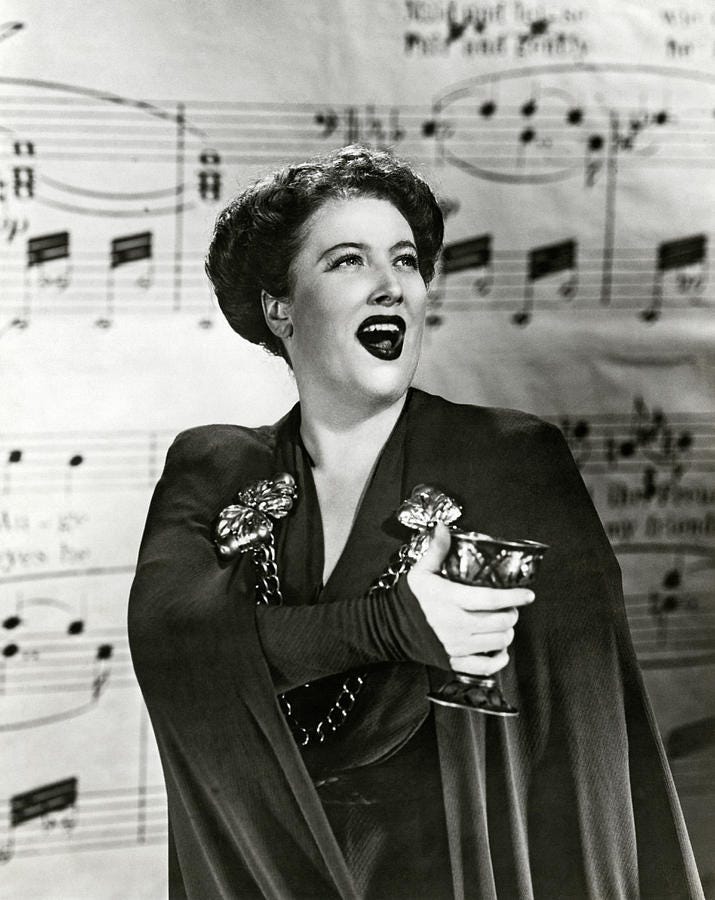Part 4 focuses on the ups and downs of the leading Wagner tradition at the Metropolitan Opera, as well as the American discourse on Wagner, particularly Ernest Newman's monumental biography.
Missed Part 3 ? Follow this link .
Missed Part 2 ? Follow this link .
Missed Part 1 ? Follow this link .
Author : Jos Hermans
The last performance at…
Keep reading with a 7-day free trial
Subscribe to Leidmotief | Leitmotif to keep reading this post and get 7 days of free access to the full post archives.




